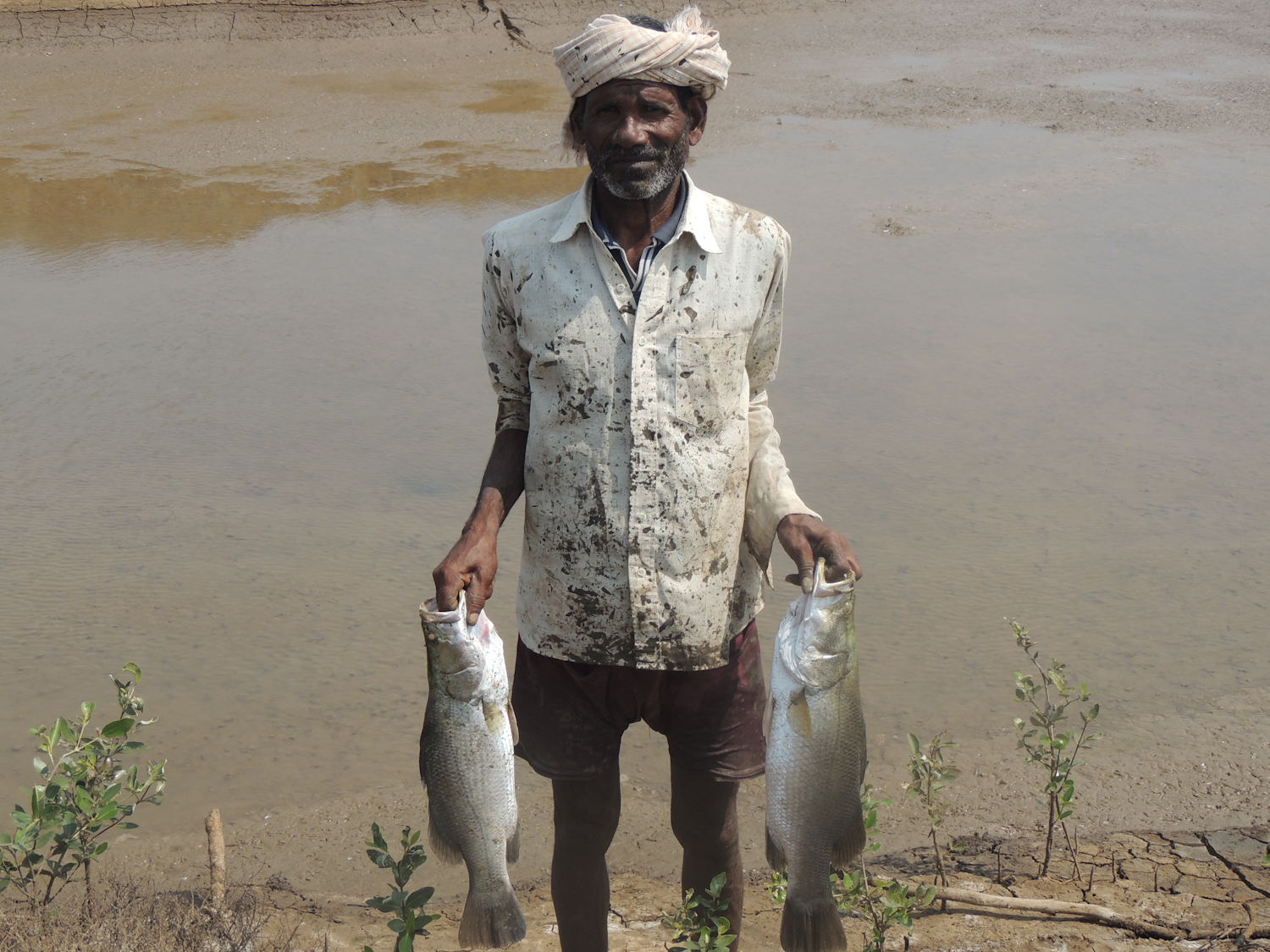Green finance is one of the frontlines of the climate and nature crises.
Tens of trillions of dollars move through the global economy and financial markets each year. Finding a way to direct that money towards fighting climate change is one of the most pressing and urgent questions we face.
The Paris Agreement contains an important line on climate finance. It says that governments should “make financial flows consistent with a pathway towards low greenhouse gas emissions and climate-resilient development”.
If the world is to be successful in this objective then it would mean nothing less than a complete transformation of the financial sector as we currently understand it. But before that can be achieved there is also a huge amount of groundwork which needs to be laid.
Trailblazers
A variety of different climate funds have been set up to support the goals of the Paris Agreement. And even before the landmark deal was signed there existed funds which helped countries and communities build resilience to the climate crisis. These funds can be seen as the first movers, or early adopters, of a different way of doing finance. One which prioritises the climate, communities and the natural world.
The Adaptation Fund (AF) was established to protect vulnerable communities against the devastating impacts of climate change. Its pioneering approach is to create small-scale pilot projects which are innovative, impactful and can be scaled up elsewhere. By providing entities with direct access to finance from the Fund the work can be conducted quickly, something of great benefit when combating the urgency of the crisis.
Since 2010, AF has committed over US$1 billion across nearly 160 projects with an estimated 42 million people impacted. Its work has touched communities on almost every continent; from coastal erosion in Senegal to water management in the Maldives. Mahamat Abakar Assouyouti is a senior climate change specialist at the Fund. He comments that the scalability of financed projects “allows targeted and efficient use of resources, and ultimately an increased and long-lasting impact,” adding that scalability leads to economies of scale and “enables proof of concept”.
At the Fund’s heart is providing the space and opportunity to affect change where it is needed most, and to set an example for others to follow. This has been seen in the work of the Green Climate Fund (GCF), the world’s largest climate fund with over US$13.5 billion allocated across 240 projects.
Restoring mangroves
One of the clearest examples of scaling up innovation comes from the waterways of Andhra Pradesh in India. The state sits on India’s southern coast and is exposed to an increased number of cyclones and storm surges coming in from the Bay of Bengal. This causes coastal erosion, depleted fishing stocks, and ruined crops from saltwater intrusion.
The AF project, funded through its pioneering direct access modality and carried out by its national implementing partner in India, NABARD, sought to combat the problem by restoring mangroves in the Krishna Delta. This would prevent sea-level rises and create a habitat for fish farming. The project used a small sum of US$0.7 million to restore degraded mangrove forests, train local people in the techniques, and create 50 hectares of an integrated fish farming system. The low-budget, innovative techniques, and successful outcomes provided a strong example to follow. The GCF did exactly that with a scaled-up, US$130 million project to protect mangroves and seagrass in 24 ecosystems across coastal districts in India.
Scaling up successful projects such as this one ultimately means more impact and reaching more vulnerable people. But taking a successful smaller project and widening its scope is not without its challenges. Each project is only as good as the support it receives from host countries and institutions, local communities, and the availability of financing. The more complex the project, the greater likelihood it will need extra support to ensure its sustainability in the long-term.
Teaming up
For this reason, climate funds often work together to ensure effectiveness, and the Adaptation Fund and GCF have agreed on a framework to scale up projects. The relationship has been working well with the larger GCF involved in scaling up around 18 projects initially funded by AF.
In addition to its concrete projects on the ground, the AF also recently started offering scale-up grants to help bridge the gap from completion of a project in preparations to scale it up.
The private sector and national governments should look at the example set by climate funds. Financing innovative projects on the ground and with direct local involvement is a proven recipe for lasting impact. As we seek to change the way the financial system operates, we need to have strong and actionable examples of how to do things differently. Climate funds offer one recipe which does exactly that.
This post was sponsored by the Adaptation Fund. See our supporters page for what this means.
Adam Wentworth is a freelance writer based in Brighton, UK.
